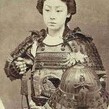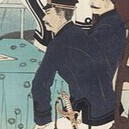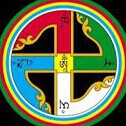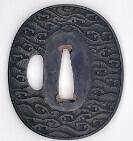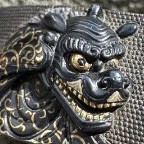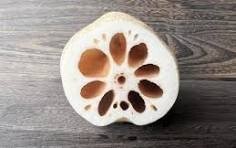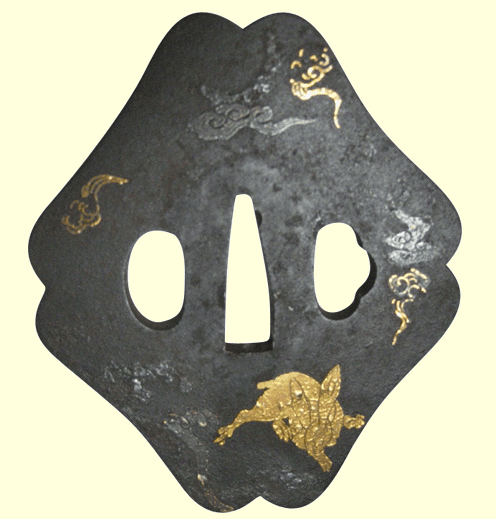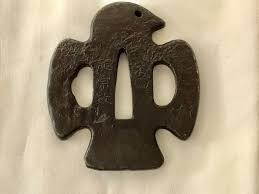-
Posts
3,736 -
Joined
-
Last visited
-
Days Won
100
Spartancrest last won the day on October 4 2025
Spartancrest had the most liked content!
About Spartancrest
- Birthday 04/22/1957
Profile Information
-
Gender
Male
-
Location:
Tasmania
-
Interests
Writing books on tsuba, collecting. Building things and finding novel ways to reuse objects for other purposes.
Profile Fields
-
Name
Dale
Spartancrest's Achievements
-

Looking for Comments on 8" Tsuka & Menuki Set w/ Sun Rays?
Spartancrest replied to Klink's topic in Tosogu
https://www.ebay.com.au/itm/114849901730 Two types of police swords during WWII, only the Shin-gunto had menuki but they were the standard three cherry blossoms. The police did have a fuchi that was distinguishing -
https://www.etsy.com/jp/listing/1811177643/tsuba-samurai-sword-sword-guard-wave Just an image from a dodgy site. From Grev Cooke https://www.militaria.co.za/nmb/topic/26622-tsuba-theme/#comment-268542 Could this be a variant?: Jinsoo was yours from Yahoo or Jauce?
-

I'm hoping for some information about this tsuba
Spartancrest replied to cutter4320's topic in Tosogu
Welcome to NMB Zack! A relatively common Kinai school tsuba. Some are cast but as yours has tagane-ato [punch marks aroumd the tang hole] I would think it is carved. If you look on-line and find another with the same punch marks in the identical spots - then you can worry. These dragons appear as Kawari-gata [irregular outline] or within a maru [round ] rim. Check this thread: https://www.militaria.co.za/nmb/topic/46711-a-tsuba-with-ryu-design-kinai-school-signed-edo-period-for-your-comment-and-appreciation/ Also check the free download on Kinai tsuba: -
Hector started following Spartancrest
-
-
6A & 7A Signature: 国廣 (Kunihiro) as I thought might be the case - generally good quality iron. There are many like 1A - I have a theory they were "Shiiremono" (仕入れ物) - ready made for quick sale. None of these were very well done or elaborately inlaid. They tend to be the same shape as well.
-
You could well be right Jean. Not a lot of difference, just three little sticks [maybe the maker was a bit lazy and didn't want to do the extra cuts ] The umbrella handle is what we need to look for apparently - unless it is lost in the seppa-dai? Mecox's example has avoided the cut out "sticks" altogether [clever] Image taken from a post by Mal [Mecox] https://www.militaria.co.za/nmb/topic/39845-tsuba-reading/ Cut through the middleman and get a tsuba umbrella! - I would not recommend a sukashi design myself
-

Tsuba in everyday objects - the culture of Tsuba
Spartancrest replied to Spartancrest's topic in Tosogu
https://auctionet.com/en/4458663-a-Japanese-porcelain-bowl-probably-satsuma-ware-19-20th-century -
As Dan has said this one is a cast copy. There are many getting about. The cast in "tagane-ato" punch marks around the nakago-ana are a giveaway in this design. Two sizes, the smaller has different punch marks The second one [which is upside down] is snow flakes on Wagasa [umbrellas] This one only has the one umbrella The three plain guards may be standard types that were often sent out to be embellished by other craftsmen like this one: Signature: 国廣 (Kunihiro) Is there a signature on the squarish middle one - other side?
-

Help w/ Identification - New to the World of Tsuba
Spartancrest replied to The25thAshitaka's topic in Tosogu
Yes sometimes described as a Chidori, or any number of other birds. I wonder if there is any significance to which way the head of the bird points? The "Chidori" and the last bird here would face to the right when mounted, whereas the doves/pigeon etc point to the left in the examples previously shown. -

Help w/ Identification - New to the World of Tsuba
Spartancrest replied to The25thAshitaka's topic in Tosogu
A common Miochin school design, often with an inscription/poem to Hachiman around the nakago-ana [Hachiman is the deity of war or warriors - his "messangers" were doves] Sometimes seen as a sparrow or even a hawk. The small dents at the top of the tang hole [nakago-ana] are called tagane-ato and are a sign that the guard has been fitted to a blade in the past [good sign] The design of the wings is a little unusual but there are others like it. I agree with Mauro that the first is very likely Shoami the mix of inlays with incised carving is typical. The guard looks like it may have been in a fire, the rough surface I am sure was not intended. I doubt the signature can be read it is too far gone. Welcome Tristan to NMB - and Merry Christmas -
Yes the nakago-ana and both hitsu are badly done - - not something I would fall for unless I needed a paperweight [of which I already have plenty! ]


